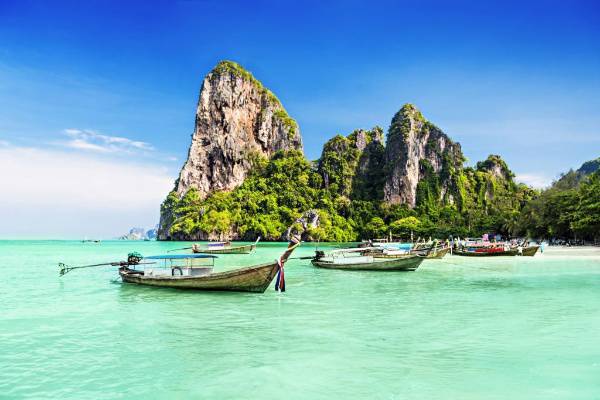Best time to visit Vietnam
Vietnam stretches from north to south, resulting in distinct climatic zones across the country. The ideal time to visit Vietnam is between April and September.
The Climate of Northern Vietnam
Winter in northern Vietnam typically lasts from November to February. During this period, the weather is dry with minimal rainfall, and temperatures hover around 15°C, sometimes dropping lower at night. In the northwest mountainous regions, temperatures are even lower, with occasional fog and frost.
From March to May, the climate becomes warmer and more comfortable, with temperatures ranging between 20 and 22°C.
June and July mark the summer season, with maximum temperatures reaching 37–38°C.
From August to October, the heat gradually subsides, transitioning into a cool and pleasant autumn.
The Climate of Central Vietnam
The central region experiences a temperate climate with two distinct seasons: the rainy season and the dry season.
From January to March, temperatures range from 20 to 25°C, with warm and dry weather.
Between April and September, the climate becomes very hot and dry, with temperatures between 30 and 35°C—ideal conditions for a beach vacation in destinations like Hoi An and Nha Trang.
October and November bring the stormy season, characterized by frequent heavy rains and occasional storms. However, from December onward, the weather improves.
The Climate of Southern Vietnam
Southern Vietnam has a typically tropical climate, remaining hot year-round with temperatures between 30 and 35°C. The region experiences only two main seasons: the rainy season and the dry season.
The rainy season lasts from mid-May to around mid-September, usually with brief afternoon showers.
The dry season, from late September to early May, features warm and dry weather, making it the perfect time for a beach getaway to Phu Quoc or Mui Ne.




 English
English French
French Italian
Italian





 FR
FR 





